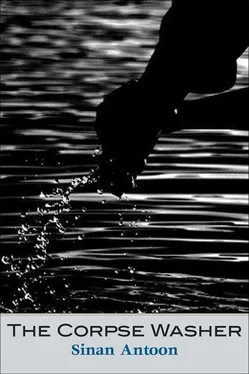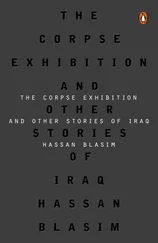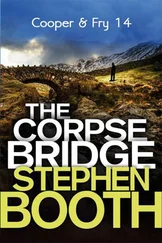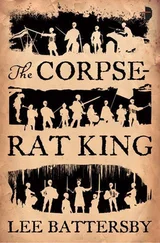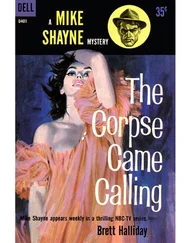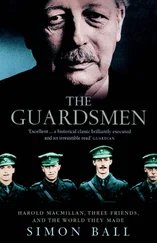Then we started to sprinkle dirt on him and repeated with the man who led the prayer, “We are God’s and to him we return.”
Hammoudy hugged me and offered his condolences.
I told him, “You were like a son to him.”
Then Abu Layth hugged us both and said, “He is in peace now. He was truly a good man.”
We had to spend the night in Najaf. The next day we were told to fly a white flag on the car and so we did. As we approached Baghdad from the south, we passed by what resembled a graveyard of burning and destroyed vehicles and tanks near al-Rashid Military Base. There were people digging makeshift graves and burying the abandoned corpses.
After Baghdad fell and the Americans occupied it there was mayhem for days. There was no electricity so we couldn’t see anything on TV. It crouched there with a blind screen unable to show what was taking place. But the news on the radio spoke of mobs looting public property, ministries, the national library, and the national museum. It also said that Saddam had vanished. A few weeks before the war, the regime had released thousands of thieves and criminals from prison, but I was surprised that the Americans made no effort to protect public institutions since even occupiers were required to do so by international conventions.
I went out to get some fresh air and saw Abu Layth. We exchanged greetings, then he asked me: “Didn’t you study at the Academy of Fine Arts?”
“Yeah. Why?”
“The Americans bombed it.”
“The academy? Are you serious? What’s the deal?”
“I don’t know. That’s what I heard.”
It was strange to learn that the academy had become a strategic target. I decided to go and check it out myself. I put on my clothes in a hurry. My mother tried to persuade me to stay home. Although the past few days had been quiet, she was still afraid of the dangers. I told her I absolutely had to go and would be back in a couple of hours. She asked me to be very careful and saw me off with supplications for my safety.
I got into a Kia bus to Bab al-Mu’azzam, walking distance from the academy. There were mounds of garbage in the streets and an awful stench. Traffic lights were not working and drivers negotiated with signals and gestures, but there wasn’t a lot of traffic. When we approached the Sarrafiyya Bridge, the driver veered to the left and slowed down, as did other cars. I turned to look back. A group of American armored vehicles were speeding toward the bridge to cross to the other side of Baghdad. The soldier standing on top of the last one had sunglasses on and pointed his gun toward us, ready to fire.
The driver was visibly annoyed by the scene and said, “What’s all this about? Take it easy, man.”
An old man sitting behind me proclaimed loudly, “The student is gone and the teacher is here. The student is gone and the teacher is here.”
I didn’t fully appreciate this sentence then, but its genius became more apparent as time passed and tragedies piled up on our chests. I found myself repeating it whenever we were slapped silly by an event.
Saddam’s mural at Bab al-Mu’azzam was smeared with paint. His features had all disappeared except for part of his moustache and half of his smile. I wondered where he was, but did it even matter anymore?
Even though I had graduated many years ago, I kept visiting the academy to meet Reem throughout her graduate studies and visited her later when she became a lecturer. Even after Reem’s sudden departure to Jordan, I still went there to see Professor al-Janabi. When I approached the academy that morning, I saw that part of the wall of the department of audiovisual arts had been destroyed. So it’s true! I crossed the street and approached the main gate. The administration building had not been hit. I saw Abu Samir, the doorman, sitting on the bench and smoking as usual. I greeted him and reminded him of my name. I asked about the audiovisual building. He said: “The Americans hit it with a missile.”
“When?”
“Al-Sahhaf came here to broadcast a live speech from the studio. An hour later the building was bombed.”
“And nothing happened to the other buildings?”
“No, but they torched the library and all the air conditioners were stolen.”
“Who stole them, who torched the library?”
“I really don’t know, son. No one does. I couldn’t be here when the bombing was going on. It was very dangerous. But when I returned, I saw they were gone. The rooms had locks and the locks were not broken. So those who stole them knew. Thank God some of the students came back to clean away the rubble and put things back together.”
“Are any of the professors here?”
“No, none are here today.”
“Excuse me. I’d like to go inside and see.”
“Sure, sure. Go ahead.”
I walked to the library. The iron door had been unhinged and lay a few meters away. There were pieces of rubble and metal scattered around it. I stood at the entrance and a strange smell assaulted my nose. The desk that the librarian usually sat behind was still in its place, but her chair was gone. Most of the rectangular blocks of the thick stained glass wall were hollowed out by the heat of the fire. Some of the blocks had melted and changed shape. The ceiling was covered with soot. I took two steps inside and went to the left where the book stacks used to stand. I felt a pang in my ribs when I saw heaps of ash everywhere.
I remembered the hours I had spent reading and leafing through glossy art books here. This is where I had been captured by the works of Degas, Renoir, Rembrandt, Kandinsky, Miró, Modigliani, and Chagall, de Kooning, Bacon, Monet, and Picasso. This is where I spent hours poring over images of statues by Rodin and Giacometti, my beloved Giacometti.
I stood there for ten minutes, letting my eyes wander, then walked toward the audiovisual arts department. I passed by the bench where Reem and I had sat many times. Two students were perched on it. I greeted them in passing. I saw the face of Picasso, which occupied the wall of the department of plastic arts to the right. His features looked sterner that day.
The front wall of the audiovisual department had collapsed in its entirety. The rubble was piled in front of the building, blocking the first floor. I climbed through the debris. When I got to a point high enough to see into the building, it looked like a corpse that had been skinned and then had its entrails burnt and its ribs exposed. The studio was charred and both the ceiling and floor had collapsed. The hall next door had scores of burned film reels scattered across its floor. I jumped over and went to the left. I could see the projection room. Its floor was charred and parts of the collapsed ceiling and shards of glass glittered in the sunlight. The empty seats and walls, which had witnessed so much before, were now blinded by blackness.
I climbed back over the mound of rubble and felt the wreckage I’d been carrying inside me mount even higher, suffocating my heart. I passed by the department of plastic arts. Its building was intact except for the windows. The glass had been shattered and the air conditioners removed from their metal racks. Before leaving I said goodbye to the doorman and asked him to tell Professor al-Janabi that I’d asked after him.
I’m standing next to a washing bench. It isn’t in the mghaysil, but rather in some other place I’ve never visited. There are high ceilings, but no windows. There are neon lights, some of which blink. The bench is very long. It extends for tens of meters and has a white conveyor belt. Bodies are stacked on it. The belt moves toward the right and leads to a huge opening, and outside men wearing blue overalls and white gloves carry the bodies and throw them into a huge truck. Scores of water faucets protrude from the wall, each with an empty washbasin and a bowl under it. I hear a voice yell: “What are you waiting for?”
Читать дальше
